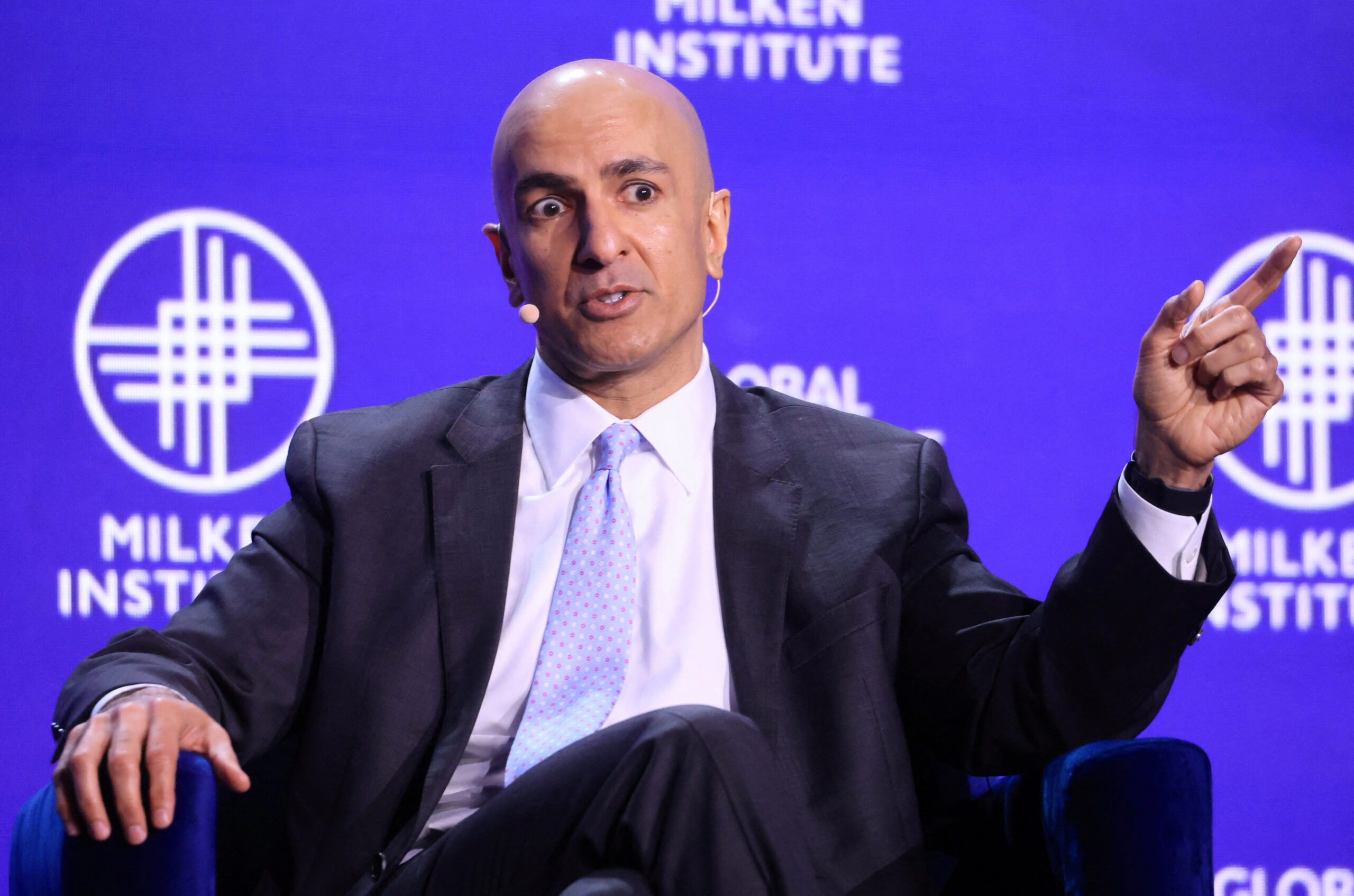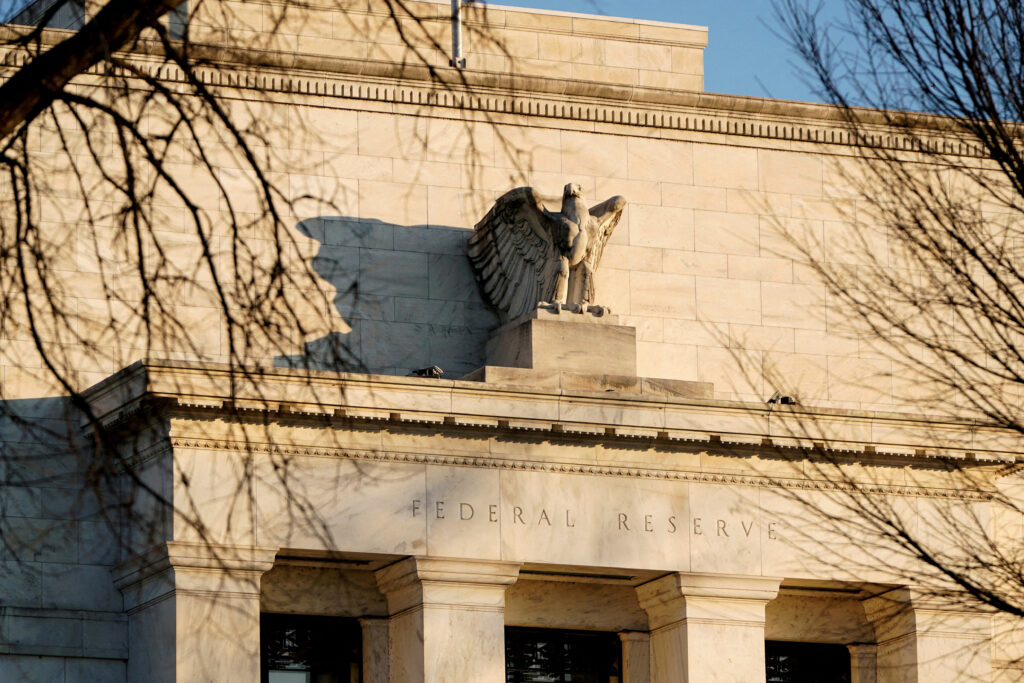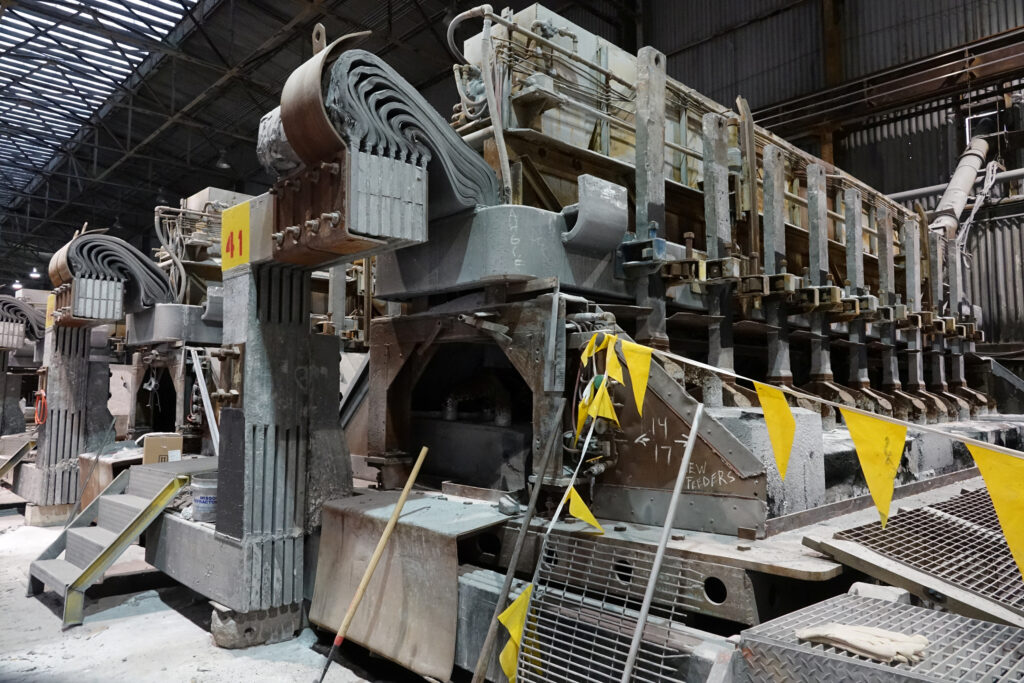On Monday, Federal Reserve Bank of Minneapolis President Neel Kashkari said he supported the U.S. central bank’s recent interest rate cut, calling it the “right decision” in light of substantial progress on inflation and the risk of an increase in unemployment.
“The balance of risks has shifted away from higher inflation and toward the risk of a further weakening of the labor market, warranting a lower federal funds rate,” Kashkari said in an essay, referring to the bank-to-bank overnight lending rate that is the Fed’s main policy lever. “Even after that cut, the overall stance of policy remains tight.”
Last week the Fed cut its target range for its policy rate by a half-of-a-percentage point, to 4.75%-5.00%, a bigger-than-usual move that caught many analysts by surprise.
Kashkari is not among the Fed’s 12 voting rate-setters this year, so his view on the recent decision wasn’t previously known. He had until recently been among the more hawkish of Fed policymakers, arguing that Fed policy will likely need to stay tighter for longer to bring down inflation.
Last month, Kashkari said he was open to a rate cut, but indicated his preference for a smaller move unless there was a quick deterioration in the labor market.
Speaking on CNBC after the release of his essay, Kashkari said the half-percentage-point easing was a good first step and that even with that move the overall level of interest rates is still economically restrictive.
He also noted that while he was supportive of the larger-sized rate cut, it’s possible he could have supported something different. “I think the 25 was reasonable, 50 was reasonable,” Kashkari said, adding that “it was just ultimately the judgment of the (policy-setting) committee that 50 made more sense to get going.”
Kashkari now sees less need for aggressive action. Asked whether he favors quarter-percentage-point rate cuts at each of the final two meetings of the year, he said “that’s what I’ve penciled into my dot plot, but of course, as we all say, it’ll depend on how the data guides us.”
‘RISKS HAVE SHIFTED’
His comments on Monday show Kashkari is now in sync with the bulk of his fellow Fed policymakers, and his essay included a chart that indicates he, like the other Fed officials, feels they will probably need to reduce the policy rate by another half of a percentage point over the central bank’s final two meetings of the year.
The chart also indicates he projects a further full-percentage-point reduction in the policy rate for next year, pushing it to 3.4%.
That would put the policy rate just half a percentage point above what he now sees as the “neutral” rate at which borrowing costs neither bolster nor brake a healthy economy.
Kashkari added that the actual path would depend on incoming data.
Inflation by the Fed’s preferred measure has dropped to 2.5%, a level that does not indicate victory in the inflation fight but does mark substantial progress, he said.
The trend in recent months shows “the disinflationary process appears to be on track,” he said, with little evidence inflation could surprise to the upside ahead. He told CNBC, “I think all of us are reluctant to ever declare mission accomplished, but certainly the risks have shifted” from too-high inflation toward weaker hiring.
In his essay, Kashkari wrote that the labor market has softened, with the unemployment rate at a still-low 4.2% but up from last year, and other data on labor conditions showing a slowdown.
Even so, Kashkari said, consumer spending and economic growth have been surprisingly resilient, a “confusing” mix of data that he said does not suggest recessionary pressures are building.
(Source: ReutersReuters)
Zabih Ullah is a seasoned finance writer with more than ten years of experience. He is highly skilled at analyzing market trends, decoding economic data, and providing insightful commentary on various financial topics. Driven by his curiosity, Zabih stays updated with the latest developments in the finance industry, ensuring that his readers receive timely and relevant news and analysis. Read Full Bio










